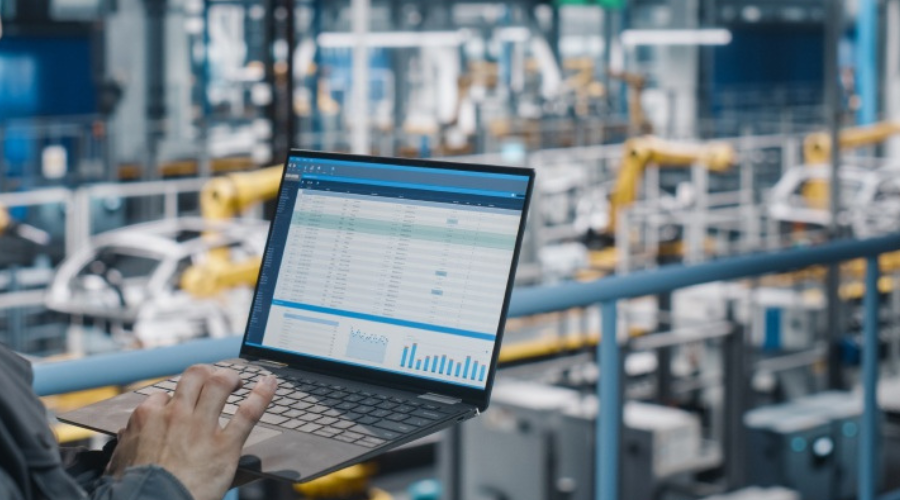Manufacturing quality problems can seriously affect product performance, customer satisfaction, and a company’s reputation. A collaborative effort between engineers and manufacturers is essential to ensure consistent product quality and minimize the risk of defects. Engineers bring their technical expertise, design insights, and product knowledge, while manufacturers possess hands-on experience and production capabilities. This article explores the critical role played by both parties in avoiding quality problems, in manufacturing and how effective collaboration can lead to superior products.
1. Understanding Design Intent
Engineers are responsible for conceptualizing and designing products that meet specific requirements and functionalities. However, these designs must be conveyed effectively to manufacturers to ensure a clear understanding of the intended product. Communication gaps between engineers and manufacturers can lead to misinterpretation and subsequent quality issues. To avoid such problems, engineers should provide comprehensive design specifications, including detailed drawings, material requirements, and performance expectations.
2. Prototyping and Testing
Prototyping is invaluable in the manufacturing process where engineers can identify and rectify potential issues before mass production begins. Collaboration between engineers and manufacturers during prototyping allows for early identification of design flaws and production challenges. Both parties must closely to ensure that the prototype is a faithful representation of the final product. Rigorous testing at this stage helps in verifying design feasibility and identifying areas for improvement.

3. Material Selection
Material selection plays a critical role in product quality and durability. Engineers must carefully choose materials that align with the product’s requirements, environmental conditions, and expected lifespan. Manufacturers, on the other hand, can provide valuable input on material availability, cost, and ease of production. A shared understanding of material properties and their impact on the final product is essential for avoiding quality problems arising from unsuitable materials.
4. Process Optimization
Manufacturers are experts in production processes and possess valuable insights on how to optimize efficiency without compromising quality. Collaboration between engineers and manufacturers during this stage can lead to valuable improvements in the manufacturing process, reducing the risk of defects and ensuring consistent quality. This may include fine-tuning assembly procedures, implementing quality control quality measures, and identifying potential bottlenecks.
5. Quality Control and Inspection
Quality control measures are integral to ensuring product consistency and reliability. Engineers and manufacturers must collaborate on establishing robust quality control processes to inspect raw materials, intermediate components, and finished products. Regular inspections and quality audits should be conducted throughout the production cycle to catch defects early and prevent them from reaching customers.
6. Documentation and Standardization
Comprehensive documentation and standardization of processes are essential for avoiding quality problems. Engineers should work with manufacturers to create clear and detailed standard operating procedures for each manufacturing step. These SOPs should cover everything from material handling to assembly techniques, ensuring uniformity and reducing the likelihood of errors.

Conclusion
Avoiding quality problems in manufacturing requires a strong partnership between engineers and manufacturers. Through effective collaboration, clear communication, and a commitment to continuous improvement, both parties can identify and address potential issues at every stage of the manufacturing process. By leveraging their expertise, engineers, and manufacturers can deliver high-quality products that meet customer expectations and drive business success.
In the pursuit of manufacturing excellence and ensuring top-notch product quality, HordRT recognizes the paramount importance of maintaining seamless communication with engineers throughout the production process. By fostering a strong and collaborative relationship with engineers, HordRT aims to enhance quality assurance, optimize production processes, and deliver innovative and reliable products to our customers. Therefore, if you have any new projects, please feel free to contact us.
-q4gvl4k29y4hq8j9rjpapvj0ft06fje63olt7p210i.png)

